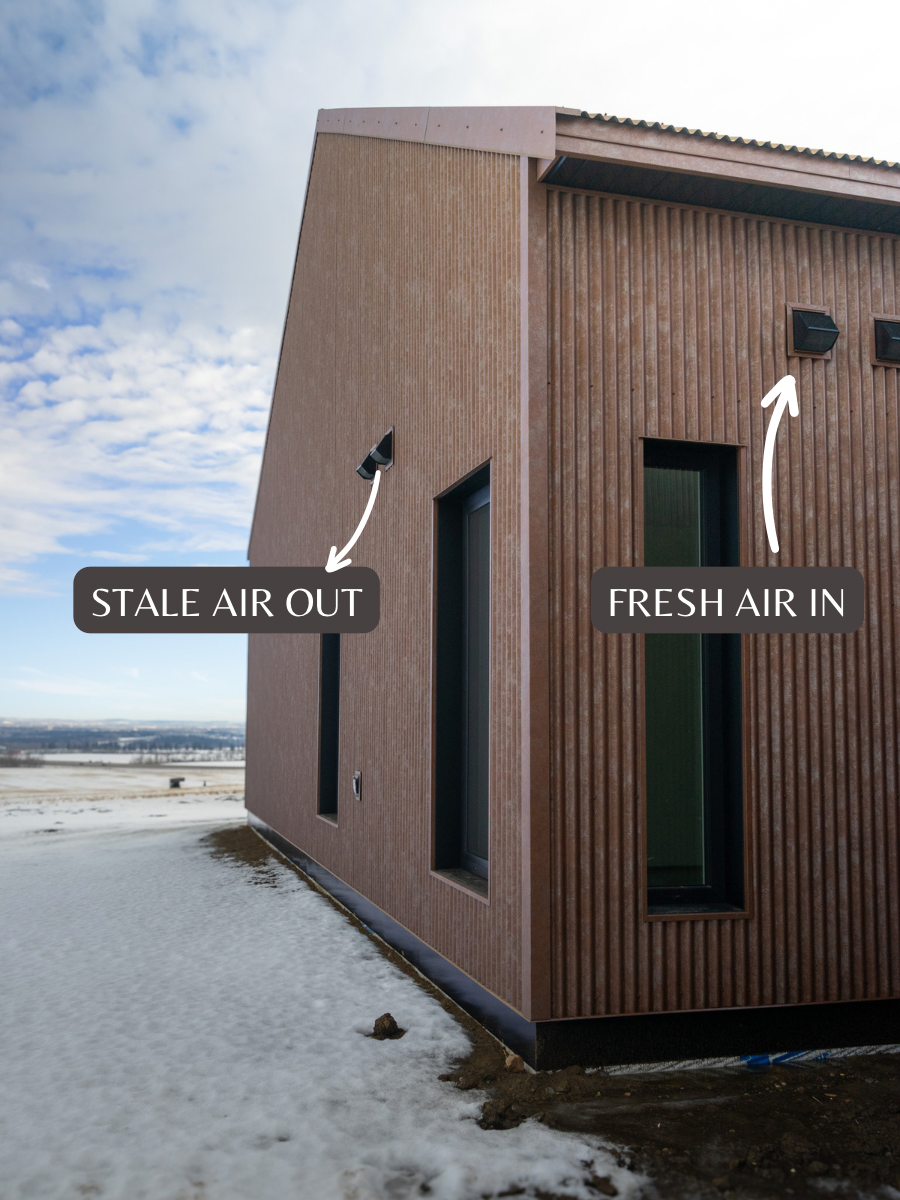HRV / ERV Ventilation Design
Building air-tight homes with mechanical ventilation has become more accepted in the building industry, but what are we still missing?
The importance of building air-tight homes has been talked about for some time now. Building Codes are adopting the requirement of blower-door testing, Mechanical Ventilation (HRV’s & ERV’s) is becoming a standard, and Indoor Air Quality (IAQ) has more affordable, accessible, technology and monitors than ever before.
We’re still a long way from the quality of performance that our homes should be built being standard, but there’s progress.
So what are we still missing?
On the topic of ventilation, I’ve been seeing a few repeated issues that have caught my attention and that are simple enough to address. So let’s start talking about it, and help the industry take another step toward better buildings.
Common problems in Mechanical Ventilation Design:
1. HRV or ERV
There is a wide misunderstanding of the selection between HRV’s and ERV’s. To keep it simple, an ERV contains an air exchanger that transfers moisture through a core. This allows the indoor humidity level to remain constant, unless something significantly increases/decreases the levels of humidity within the building. But in many cases, the influence on your IAQ by introducing outdoor air moisture levels into your home will be of greater effect.
2. Ventilation Balancing
The balance of your ventilation system is just as important to the health, and comfort of your home. If a room doesn’t have sufficient ventilation we can experience stagnant air, moisture on windows, and probably what’s most common are bathrooms that don’t ventilate properly. An effective, efficient and most reliable solution to creating a Balanced Ventilation System, is by using branch-manifold ductwork such as Zehnder, Centrotherm AE Duct, or Brink.
3. Over-Sized & Under-Sized Appliance
With the contractors who are understanding the importance of building an air-tight home, there is still a large amount that are selecting over-sized HRV’s / ERV’s. I understand the thinking… “I need the building to breathe, so let’s get the largest rated CFM appliance I can find.” The issue with over-sized units is that your building can become over-ventilated. This leaves the home air-quality to dry, and things start to crack. Walls, woodwork, even your lips. If you experience dry lips and live in a home with mechanical ventilation, chances are the appliance is just too big.
There’s more to talk about in Mechanical Ventilation. And more to pay attention to in creating a healthy, comfortable home. But for now, continue to fine-tune the details of building quality, Indoor-Air-Quality, and the science behind them. You’ll be thankful for living in such a healthy environment.

